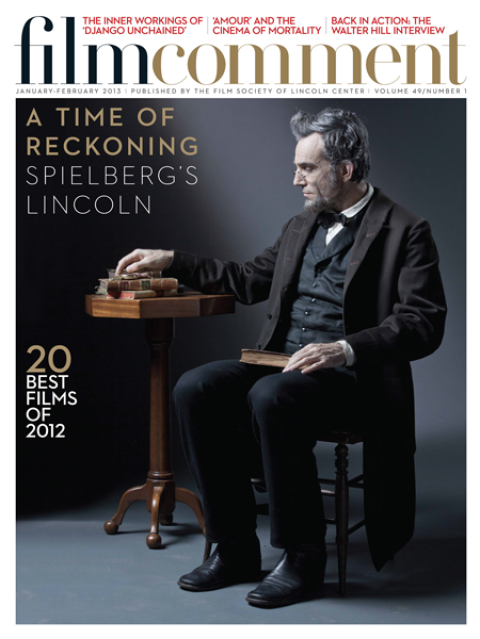
Gone with the Wind
Two brothel madams (or as close as Hollywood dared get to them), one a lurid gash of pornographic pink throbbing against William Cameron Menzies’ mourning-black backdrop of charred Atlanta, the other an alabaster insect queen from the depraved Far East, her hair shellacked into preposterous licorice waves: these are the defining extremes of Ona Munson’s on-screen career. Her mismatched pair of thoroughly soiled doves—Belle Watling in the 1939 Technicolor Gone with the Wind and Mother Gin Sling in the black-and-white inferno of Josef von Sternberg’s The Shanghai Gesture (41)—are indelible classic variations on the scarlet woman. The rusty-locked Belle (longtime “friend” of Clark Gable’s Rhett Butler) brims over with selfless gold-heartedness, while Mother Gin Sling, abandoned by her callous white-husband-from-the-West Walter Huston when still a girl and sold into sexual servitude, radiates malevolence with every smile she lets curdle into a sneer. Medusa in antennae braids and hairpins of ancient jade. As moody, mysterious, complex, and doomed ultra-hookers, Munson was altogether extraordinary—but where had she come from? And where did she go?
Born Owena Wolcott in Portland, Oregon, in 1903, Munson started on Broadway in the chorus line of George White’s Scandals when she was just 16. She found success in musical comedies and went to Hollywood the year after sound arrived but waited three years for her first speaking part in Going Wild (30), the first of two Joe E. Brown comedies she’d make while still a pretty young thing with baby fat rounding out her cheeks. She sang her way through The Hot Heiress (31) as a rich girl romanced by a riveter from the construction site next door, and finished out the year in the most delightfully tawdry of all pre-Code newspaper pictures, Five Star Final (31), selling her gams and advantageously displayed cleavage for a shot as a cub reporter on Edward G. Robinson’s tabloid rag. One might, at that moment, have imagined Munson as a brassy variation on Joan Blondell, platinum blonde and primed to explode . . . but she promptly vanished from the screen.

The Hot Heiress
Munson stayed out of pictures until 1938, and when she returned, it was clear something had changed. For one thing, she barely appeared to be the same woman: now much thinner, her face shading into a gauntness that would forever remain; still beautiful but distinctly aged and not a little soured. That brittleness served her well in her crowning moments as Belle Watling and Mother Gin Sling, but left her stalled thereafter in increasingly airless parts. She starred as a ballsy “jungle doctor” in indigestible pulp like Drums on the Congo (42), and alongside Roy Rogers in Republic’s cookie-cutter Western Idaho (43) as a “casino resort” boss conveniently named Belle Bonner. She was lucky to work as a second-string saloon girl destined never to get her man (even if he was John Wayne, again) in Dakota (45). It must have all seemed over before it started.
The real story went largely unseen. Munson had married director Edward Buzzell (At the Circus, Neptune’s Daughter) in 1927; they divorced in 1931. An affair with Ernst Lubitsch lasted from 1932 to ’35, but both the marriage and the affair were widely acknowledged as “lavender”—i.e., cover for stars concerned with keeping their homosexuality out of the public eye. Lavender too were Munson’s later marriages to Deputy Federal Loan Administrator Stewart McDonald (1941-47) and Russian-born surrealist painter and set designer Eugene Berman (1950-55), whom she wed in Igor Stravinsky’s living room. Munson’s true passions were for the women in Hollywood’s “sewing circle,” the lesbian social scene that had originally formed in the Twenties around Alla Nazimova and Mercedes de Acosta, whom Munson met at Lubitsch’s place in the early Thirties and with whom she remained involved for several years. Rumors of other affairs—with Dorothy Arzner, Greta Garbo, Marlene Dietrich—have kept Munson’s name alive in the footnotes of queer and Babylonian Hollywood literature ever since. That and the note she left when, at the age of 51, after years of “illness,” she took her own life: “This is the only way I know to be free again. Please don’t follow me.”








